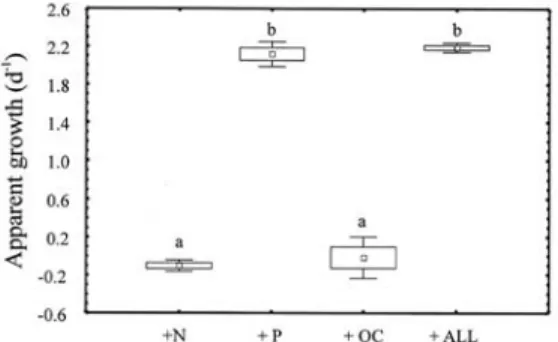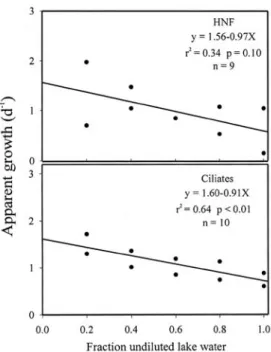Trophic interactions within the microbial food web in a tropical floodplain lake (Laguna Bufeos, Bolivia)
Texto completo
Figure



Documento similar
Government policy varies between nations and this guidance sets out the need for balanced decision-making about ways of working, and the ongoing safety considerations
No obstante, como esta enfermedad afecta a cada persona de manera diferente, no todas las opciones de cuidado y tratamiento pueden ser apropiadas para cada individuo.. La forma
The fact that in some situations most of our participants exploited spatial information can be related to this approach being a more straightforward method of planning
whereas the later shows the results using the best measure for each representation ac- cording to the experiments introduced in Section 4.1 (Sørensen -and group 3 measures-
The excitonic decay rates (Г X, Г XX ) measured in our QDs agree with calculated values by Wimmer et al. Also the biexciton binding energy lies in the calculated range.
Nutrients derived from penguin colonies and other marine vertebrates altered the trophic interactions of communities within microbial mats, as well as the relative abundance and
all our experiments on the 151 latent and tenprint minutiae set to establish the importance of rare minutiae using our proposed algorithm in improving the rank identification
However, growth is not always good for a company, and firms should therefore always make sure that the real growth ratio is close to the sustainable growth ratio; otherwise, a